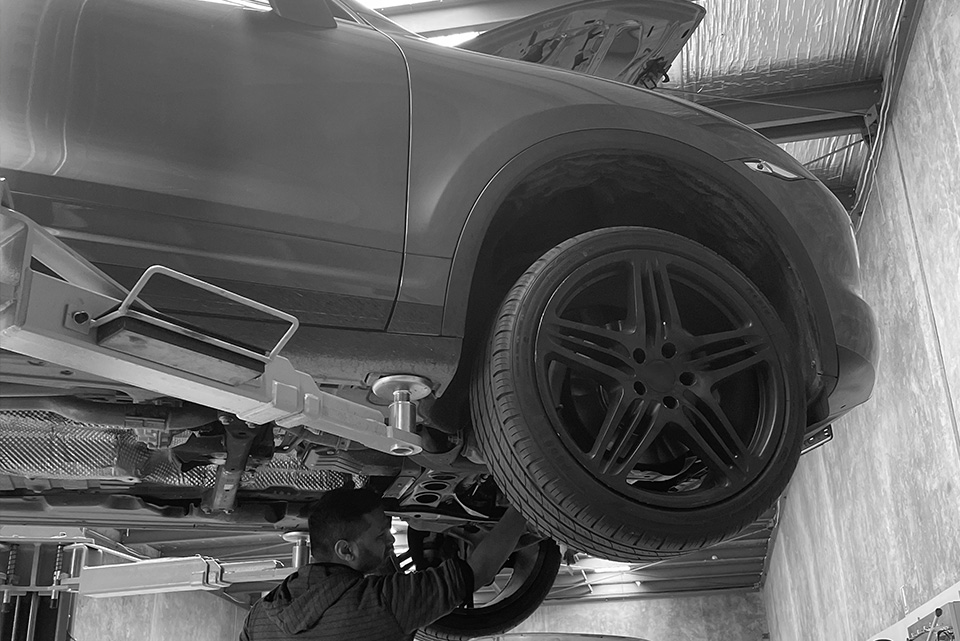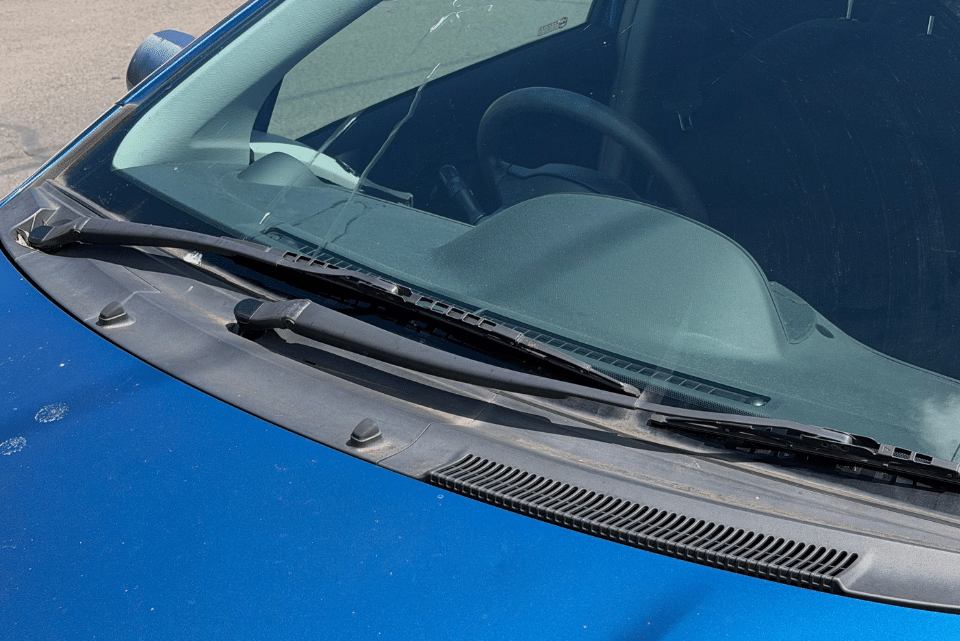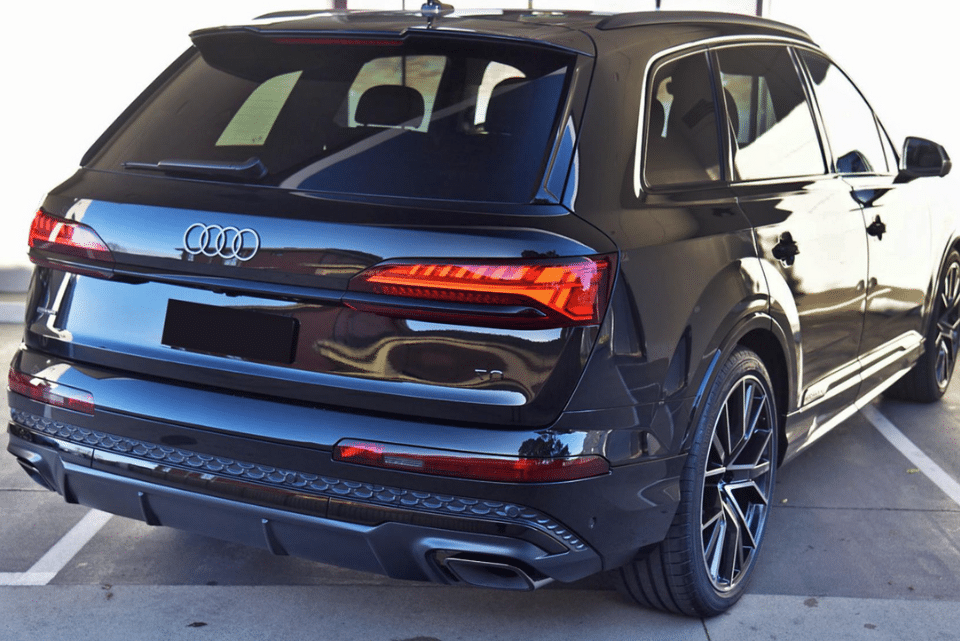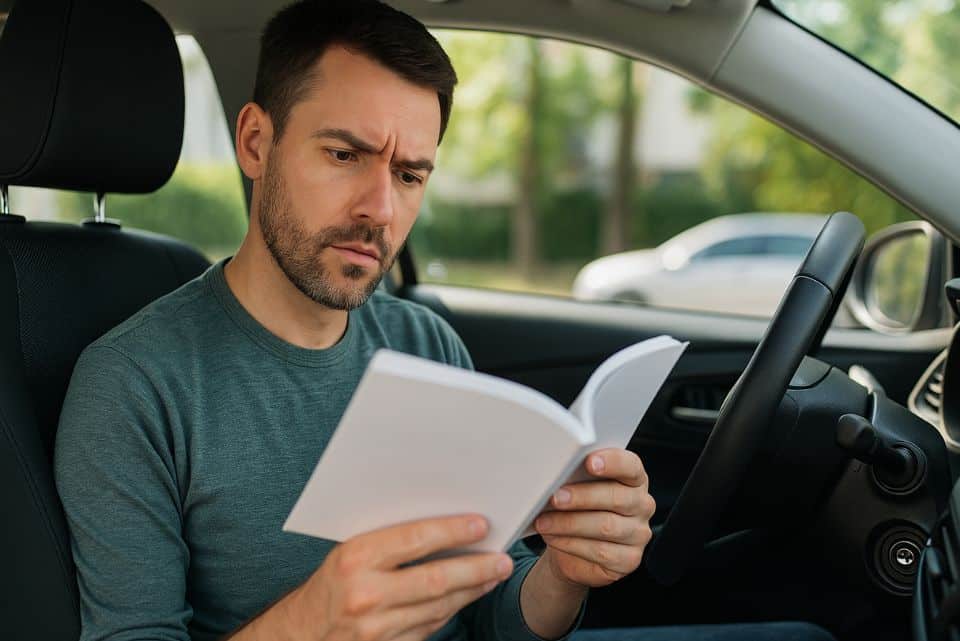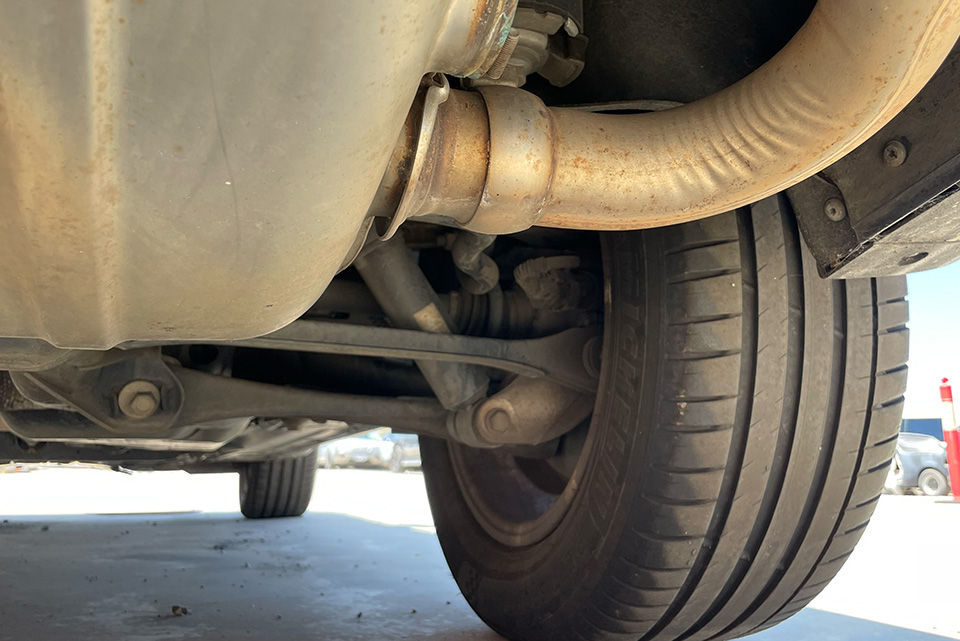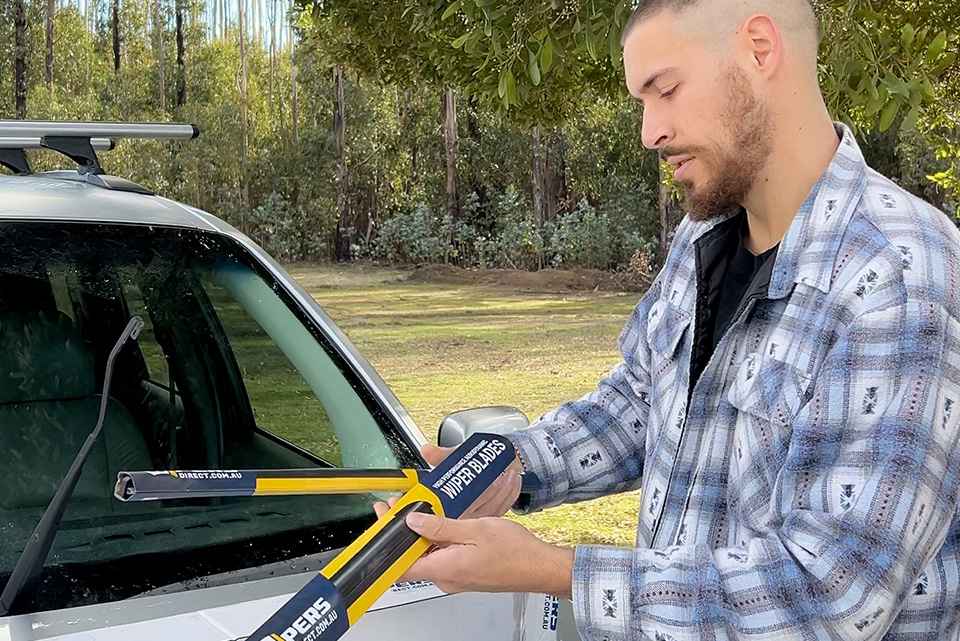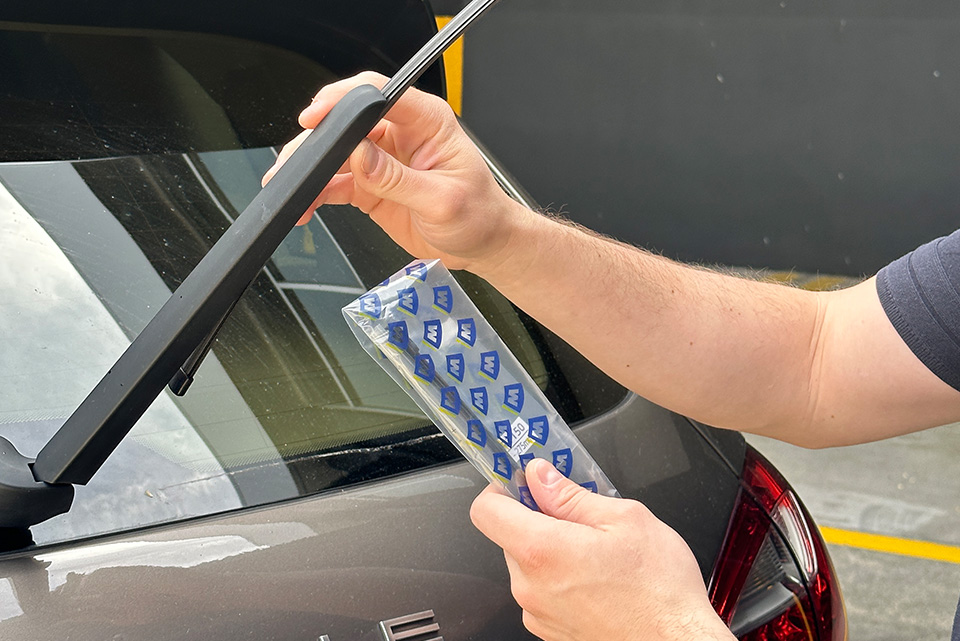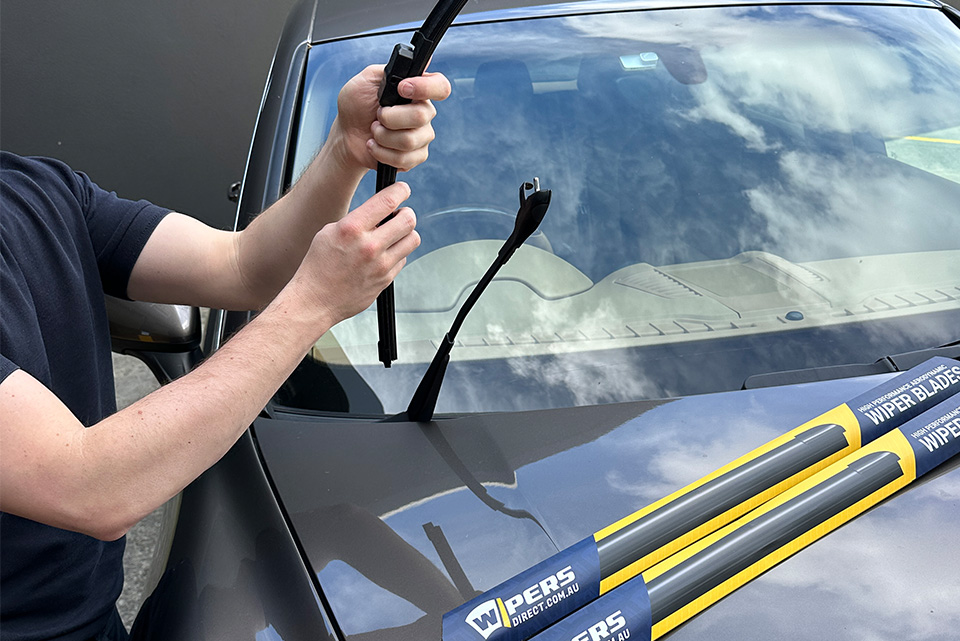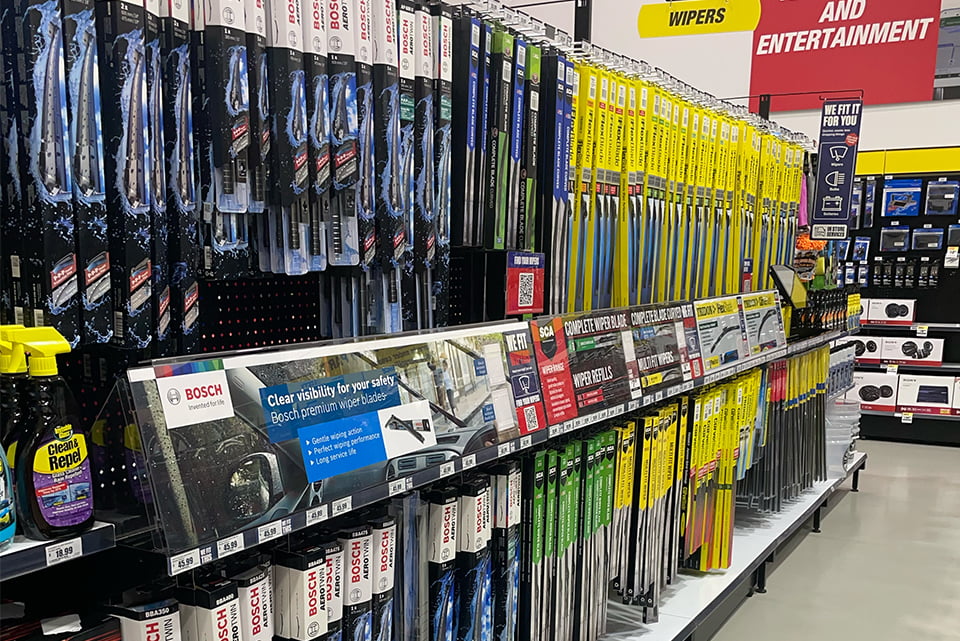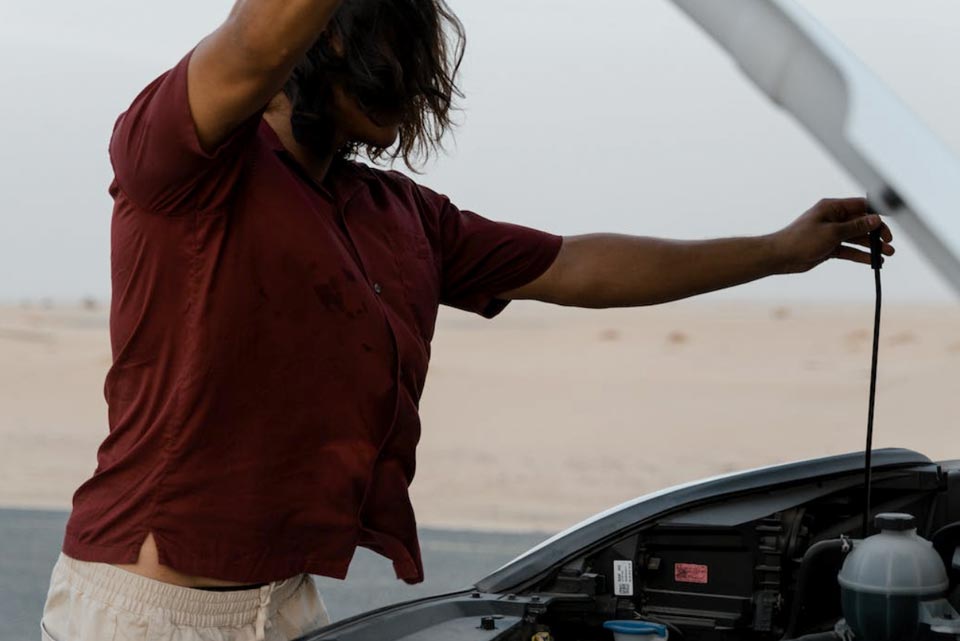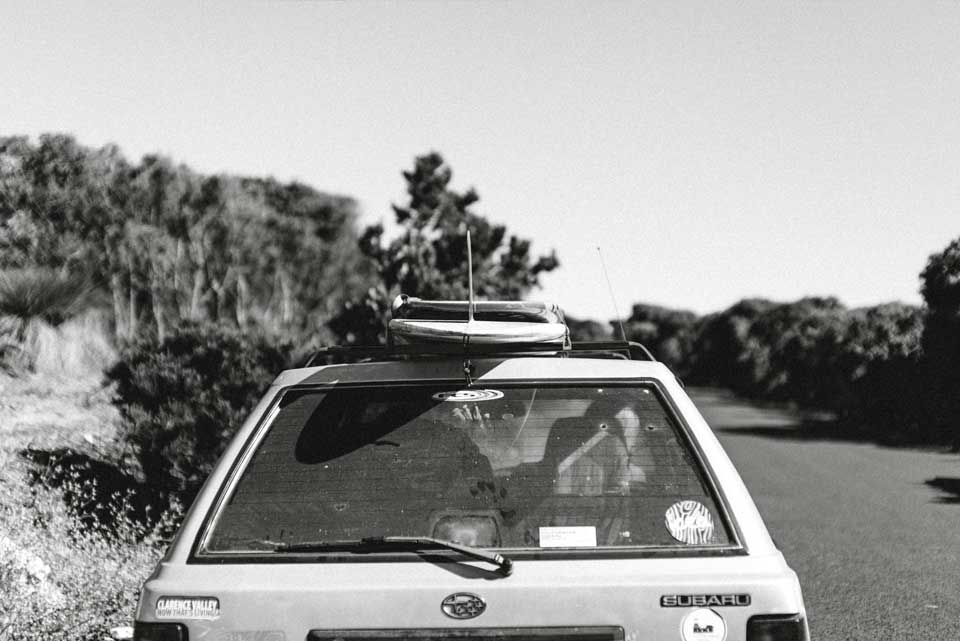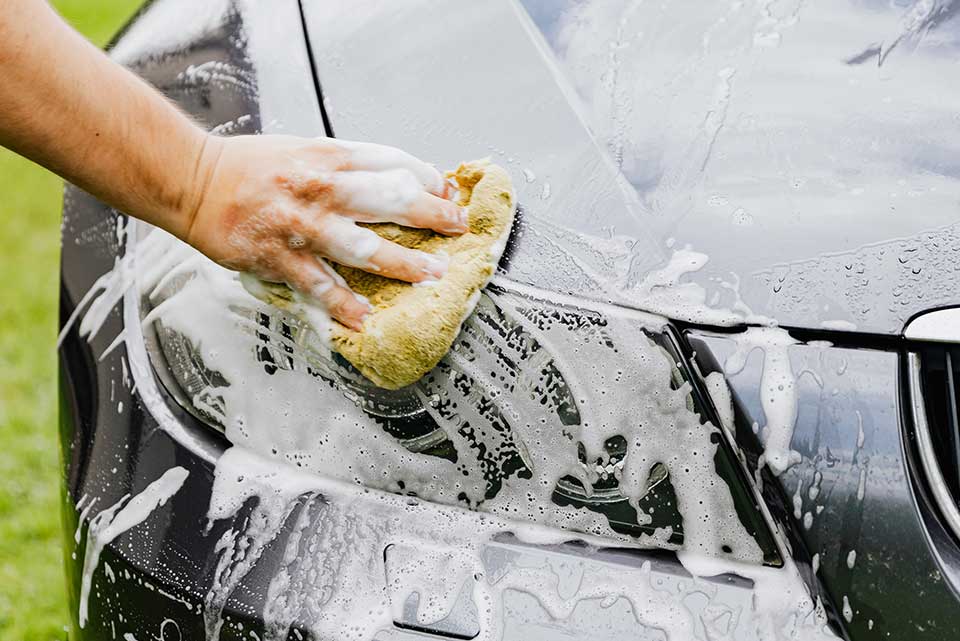In Victoria a Roadworthy Certificate (RWC) is necessary when selling a vehicle, reregistering it, or clearing a defect notice. Conducted by licensed vehicle testers, the roadworthy inspection is designed to ensure vehicles meet safety standards essential for operating on public roads. Unlike a full mechanical check, this inspection targets key safety components to identify any wear, deterioration, or modifications that may compromise roadworthiness. Here, we break down each inspection area and provide a comprehensive RWC checklist based on the official requirements from the Victorian government. We also provide an in depth look at what’s checked during a roadworthy inspection and a detailed RWC checklist based on the standards outlined in Victoria’s Vehicle Standards Information (VSI) 26.
What Do They Check for a Roadworthy in Victoria?
Wheels and Tyres
The wheels and tyres are thoroughly inspected to ensure they provide stability, control, and safety:
- Condition of Wheels: Wheels must be free of cracks, rust, and damage that could lead to failure. Alloy wheels must display appropriate standards markings.
- Secure Fitment: Wheels should be correctly attached with no missing or loose nuts or bolts. All bolt holes must be free from elongation.
- Tyre Tread and Condition: Tyres need a minimum tread depth of 1.5 mm and should be free from cuts, bulges, or other visible signs of wear.
- Tyre Compatibility and Construction: Tyre sizes must match the rims, and all tyres should be of the same construction (e.g all radial or all cross ply) unless specified by the vehicle manufacturer.
Steering and Suspension
The steering and suspension are critical for vehicle control and must be in optimal condition:
- Steering Components: All parts, including the steering wheel, column, and linkages, should be free from wear, securely mounted, and function smoothly with no binding.
- Suspension System: Components like shock absorbers, bushes, and joints should be secure, aligned, and free of cracks, wear, or leaks. Dampness on shock absorber seals is acceptable, but any major leaks are not.
- Steering Power Assistance: For vehicles with power steering, hoses and connections must be free from leaks, and the reservoir should be filled to the correct level.
Braking System
An effective braking system is crucial for stopping and emergency situations:
- Brake Pedals and Linkages: Pedals must be in good condition and capable of consistent application without excessive travel or free play.
- Hydraulic Components: Brake fluid should be at the correct level, with no leaks in pipes, hoses, or cylinders. Dampness around cylinder seals is acceptable.
- Disc and Drum Condition: Discs and drums should not show excessive wear or scoring and must meet the manufacturer’s thickness standards.
- Emergency and Parking Brakes: Parking brakes must hold the vehicle stationary on any slope, and all emergency brake systems must work effectively.
Seats and Seat Belts
Seats and seat belts are inspected for security and functionality to protect occupants:
- Seat Mounting and Structure: Seats should be secure, with no looseness or damage, and should allow the driver to control the vehicle without impairment.
- Seat Belt Integrity: Belts must be securely mounted, free from cuts, frays, or damage, and should function correctly. Retractors (if equipped) must engage and release smoothly.
- Compliance with Standards: Seat belts should meet the standards applicable to the vehicle’s manufacture date and should be original equipment or approved replacements.
Lighting and Reflectors
Lighting is essential for visibility and signaling to other road users:
- Headlamps and Indicators: Headlamps, stop lamps, indicators, and hazard lights must work correctly, with lenses free from cracks or excessive fading.
- Reflectors and Position Lamps: Reflectors and lamps must be securely mounted, functional, and correctly positioned to meet visibility standards.
- Condition of Lenses and Reflectors: All lenses should be clear, clean, and not allow water or dust to enter. Minor condensation on semi-sealed lights is acceptable.
Exhaust and Emission Control
The exhaust and emission systems control vehicle noise and reduce harmful emissions:
- Exhaust Condition: The exhaust must be free from leaks and have a functioning silencer to minimize noise. Condensation holes are acceptable but should not affect overall function.
- Emission Control Equipment: Vehicles subject to emission regulations must retain all emission control devices like catalytic converters, valves, and sensors in working condition.
- Tailpipe Discharge: Diesel vehicles with a Gross Vehicle Mass (GVM) over 4.5 tonnes must have tailpipes positioned to avoid emissions entering the cabin, ideally facing upwards.
Windscreen, Windows, and Wipers
Clear visibility through the windscreen and windows is required for safe driving:
- Windscreen Condition: The windscreen should be free from large cracks, scratches, or chips within the area covered by wipers. Minor chips (less than 16mm) are allowed if they don’t impede visibility.
- Wiper and Washer Functionality: Wipers must operate smoothly, covering the windscreen adequately, with washers effectively spraying water.
- Window Condition and Tinting: Windows should allow clear visibility without significant scratches. Tinting must comply with legal limits and not affect visibility.
Body and Chassis
A stable, well-maintained body and chassis prevent injury and provide structural integrity:
- Structural Condition: The chassis and body should be free from rust, damage, or deterioration that affects structural strength.
- Door Latches and Hinges: All doors, including the bonnet and boot, must open and close securely, with latches functioning correctly.
- Mudguards and Bumpers: Mudguards should cover the tyres appropriately, and bumper bars should be free of sharp edges or protrusions.
Engine and Driveline
Engine and driveline components must be secure, without major leaks or wear:
- No Major Oil Leaks: While minor oil dampness is acceptable, there should be no oil dripping onto the road or exhaust.
- Engine Mountings: The engine, transmission, and driveline must be properly mounted and free from wear or cracks.
- Drive Shaft and Universal Joints: These components must function smoothly without excessive vibration or wear.
Additional Safety Features
Other essential features are also checked to ensure road safety:
- Horn: The horn should produce a constant, audible sound to alert other drivers.
- Rear Vision Mirrors: Mirrors should provide a clear rear view and be securely mounted with no cracks or distortion.
- Battery and Electrical Wiring: Batteries must be secure, with wiring properly supported and protected from chafing or damage.
What Makes a Car Unroadworthy in Victoria?
A car can be classified as unroadworthy if any of the following issues are detected:
- Severe structural damage, rust, or deterioration affecting safety
- Tyres with insufficient tread depth or mismatched to rims
- Inoperable or missing lights, reflectors, or mirrors
- Faulty brakes, brake lines, or braking components
- Loose, broken, or missing seat belts or seats
- Damaged or obstructed windscreen impairing driver visibility
- Exhaust system leaks, excessive noise, or missing emission controls
- Faulty steering, suspension, or other control-related components
How Much Does a RWC Cost in Victoria?
The cost of an RWC in Victoria varies by vehicle age, type, and condition, as well as the individual tester’s rates. Inspections usually cost between $150 to $300 but may be higher for vehicles needing repairs to meet standards. It’s recommended to obtain a quote before the inspection, once the inspection has taken place you are allowed to take the car to another mechanic complete the work required to pass the RWC but it must be returned to the original mechanic to complete the a re-inspection otherwise an extra cost will be charged. You have 14 days to have the vehicle rectified before you will have to pay for another RWC inspection as the original test will expire.
Comprehensive RWC Checklist for Victoria
This detailed RWC checklist provides a thorough breakdown of what’s inspected during a roadworthy inspection in Victoria:
| Component | Inspection Points |
|---|---|
| Wheels and Tyres | No cracks or damage on wheels; tyres with 1.5 mm tread depth minimum; tyres and rims compatible and securely fitted. |
| Steering and Suspension | Steering components securely mounted; smooth steering function; suspension free from cracks, leaks, or excessive wear. |
| Brakes | Pedal travel within limits; hydraulic components free from leaks; discs and drums meet thickness standards; parking brakes effective. |
| Seats and Seat Belts | Seats secure and structurally sound; seat belts undamaged, securely mounted, and functional; retractors working smoothly. |
| Lighting and Reflectors | All headlamps, brake lights, and indicators functioning; reflectors securely mounted; lenses clean and unbroken. |
| Exhaust System | No leaks or excessive noise; all emission controls intact; diesel exhausts positioned to avoid cabin contamination. |
| Windscreen, Windows, Wipers | Windscreen free from obstructive damage; wipers functional with effective washers; windows clear, without significant tinting issues. Order roadworthy wiper blades. |
| Body and Chassis | No structural rust or damage; doors, bonnet, and boot latch securely; mudguards and bumpers intact, without protrusions. |
| Engine and Driveline | No major oil leaks; engine and transmission securely mounted; drive shaft and joints in good condition. |
| Other Safety Features | Horn operational; rear vision mirrors clear and stable; battery secure, wiring insulated and supported. |
Roadworthy Inspection FAQs
What is a roadworthy inspection in Victoria?
A roadworthy inspection is a check to ensure a vehicle meets the minimum safety standards required to operate on public roads in Victoria. This inspection focuses on essential components that affect vehicle safety, including brakes, tyres, lights, steering, and structural integrity. It is not a comprehensive mechanical inspection and does not assess the overall condition or reliability of the vehicle.
When is a Roadworthy Certificate (RWC) required in Victoria?
An RWC is typically required when selling a vehicle, reregistering it, or clearing a defect notice. In some cases, an RWC is also needed after specific repairs, or as part of a mandatory inspection for commercial vehicles like taxis and buses.
How long is an RWC valid in Victoria?
In Victoria, an RWC is valid for 30 days from the date of issue. This means that if you’re selling a vehicle, you need to complete the transaction within that timeframe, or a new inspection may be required. It is recommended to obtain a RWC certificate prior to selling your vehicle so you know what costs might be associated in obtaining the certificate, this allows you to factor this into your sale price.
What happens if my car fails the roadworthy inspection?
If a vehicle fails the inspection, you will be given a list of the issues that need to be addressed before it can pass. You must complete the necessary repairs and return the vehicle to the licensed tester for a follow up inspection. Depending on the tester’s policy, you may be able to re inspect specific items without needing a full reinspection.
How much does a Roadworthy Certificate cost in Victoria?
The cost of an RWC varies depending on the vehicle’s age, type, and condition, as well as the licensed tester’s pricing. Typically, prices range from $150 to $300, but they can be higher if repairs are needed to bring the vehicle up to standard. If your car is over 10 years old, it is expected to have other repairs needed to pass a roadworthy inspection. These could include new control arms, oil or coolant leaks. new tyres, brake pads and more. Always ask for a quote before authorising the inspection.
What makes a car unroadworthy in Victoria?
A car is deemed unroadworthy if it has issues that compromise safety. Common reasons include worn tyres, faulty brakes, cracked windscreens, damaged seat belts, faulty lights, structural rust, or leaking exhaust systems. Any modifications that don’t comply with safety standards may also result in a car being considered unroadworthy.
Does a roadworthy inspection cover all aspects of a vehicle’s condition?
No, a roadworthy inspection focuses only on safety related aspects, such as tyres, brakes, steering, and structural integrity. It does not assess the vehicle’s mechanical condition, reliability, or cosmetic issues. For a complete vehicle evaluation, a comprehensive mechanical inspection or pre purchase inspection is recommended.
Can I get an RWC from any mechanic?
No, only licensed vehicle testers are authorised to perform roadworthy inspections and issue an RWC in Victoria. These testers are typically located at approved facilities, including garages and service stations, and must follow the standards set by VicRoads. You can find an approved mechanic here.
Are wiper blades checked during a Victorian roadworthy inspection?
Yes, wiper blades are checked during a Victorian roadworthy inspection. They will also check the washer fluid levels, condition of the wiper blades and arms and also the functionality of the wiper system on your vehicle. It is recommended to replace your wipers prior to completing your roadworthy inspection if they are in poor condition, or have not been replaced in over 3 years.
How do I prepare my vehicle for a roadworthy inspection?
To improve your chances of passing the inspection, check the basics such as tyre tread depth, working lights, functional seat belts, and brake performance. Address any visible issues, like cracks in the windscreen, worn out wiper blades, excessive exhaust smoke, or loose seats. Regular maintenance, especially for brakes and suspension, can also help ensure your vehicle is ready for inspection.
What should I do if my vehicle has been modified?
If your vehicle has modifications, such as changes to the exhaust, wheels, or suspension, they must comply with VicRoads standards and may require certification from a Vehicle Assessment Signatory Scheme (VASS). If you’re unsure about your modifications, consult with a licensed vehicle tester or a VASS representative before the inspection.
The above checklist aligns with Victoria’s roadworthy requirements to help drivers ensure their vehicle is compliant, safe, and ready for the road. Each item on the checklist supports the overarching goal of enhancing safety, preventing accidents, and ensuring that vehicles are equipped to handle the demands of Victoria’s roads. To help reduce the cost of obtaining your Victorian Roadworthy Certificate, we recommend you order your replacement wiper blades from Wipers Direct, instead of overpaying for dealer or inferior wiper blades. By adhering to these standards, drivers can maintain peace of mind, knowing their vehicles meet the legal and safety benchmarks set by the state.

